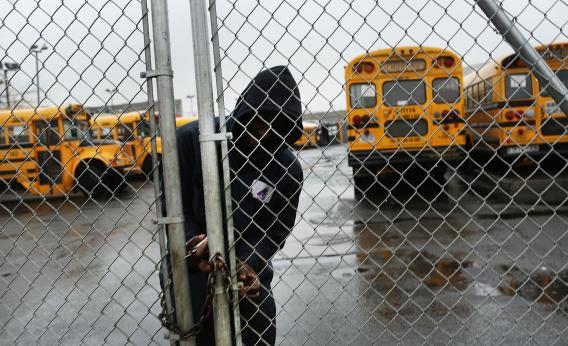One of the worst things about “public” schools in many American jurisdictions is that even though the facilites are financed by the public they’re de facto the private property of local homeowners. In DC where I live, for example, all you have to do to get your kid into a relatively high-performing DCPS school is move to the most expensive neighborhoods in the city. Meanwhile if you’re poor you’re out of luck.
Charter schools aren’t free of this kind of concern. Obviously if you plop a school down in an affluent area you’re likely to attract a disproportionately affluent group of applicants if only because convenience counts. And there are things you can do with marketing to try to select the applicants you want. But a real virtue of charters in DC is that they need to be at least formally open to applicants from anywhere in the city, while Ward 3 “public” schools can simply refuse to take any kids from the poor parts of the city. For now, that is. One of our newer Council members, David Grosso, says charter schools should give preference in admissions to kids from nearby neighborhoods. And according to Rahul Merand-Sinha this kind of arrangement is fairly common and exists already in major cities such as New York and Chicago.
In my view, over the long term the question of how linked schools are to particular places is a more important issue than the cliché debate over “charters” vs “traditional” public schools. In a zoning-free Yglesiastopia this might not be such a big deal. But in a real world where real estate markets are defined by location, location, location tying school access to location turns the school system into a form of private property. You can call a facility “public” all you like, but if the only way to gain access to it is to first buy your way into an expensive neighborhood then there’s nothing public about it. It’s just owned collectively by the residents of the neighborhood, in much the way that a luxury condo might have a fitness center or a gated community might have a golf course.
